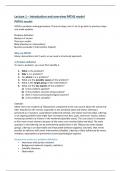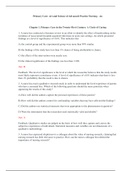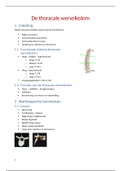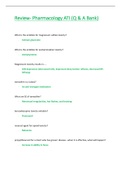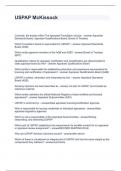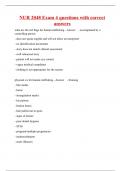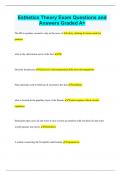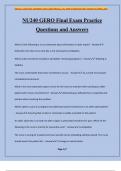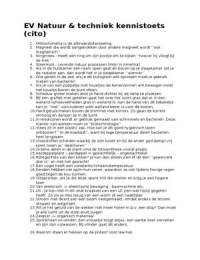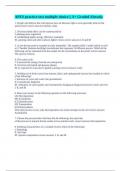Summary
Behavioral Change - Summary of Lectures 1 - 4 + Literature
- Course
- Institution
Summary of lectures 1, 2, 3 and 4, including summaries of the papers. Lectures 5, 6 and 7 are guest lectures without relevant theory and are therefore not included in this summary.
[Show more]
